Ricotta is a traditional Italian cheese that is produced in Italy for many centuries. It is considered a byproduct of the cheese industry. Obtained from whey, which remains after removal of the primary mass.
It can be from buffalo, cow or sheep milk. At some point over the years the discovery that if they warm the whey, casein particles will coalesce and form a brand new cheese mass was made. When draining, ricotta is obtained - fresh cheese with a grainy structure and very soft, pleasant taste.
History of ricotta
Ricotta has a very long history. Famous Roman philosopher Galenus wrote a book dedicated to food in 1572, where he notes that today we call ricotta, what the Greeks knew as Oxygenates. In his book "Italian cheese", Mario Wizardci notes that ricotta cheese comes from the region of Rome, and for spreading it, he praised St. Francis.
In 1223, he was in the region of Lazio, where he had to recreate the scene of the Nativity. It was then he learned that the local shepherds made ricotta cheese. He realized that this cheese is made from the whey that is left over from making other cheeses. Therefore, ricotta means "re-cooked".
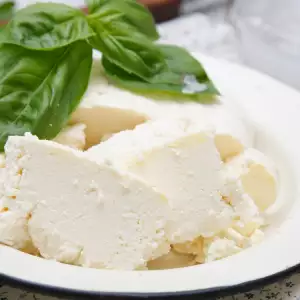
Composition of ricotta
The composition of ricotta includes vitamins A, E, K, B6, B12. The nutrients, are carotene, choline, copper, arginine and alanine. It has some glutamic and aspartic acid, glycine, valine, cysteine, etc. histeidin.
100 g ricotta contains 174 calories, 3 g carbohydrates, 13 g fats and 11 g protein, 51 mg cholesterol, 105 mg potassium, 84 mg sodium, 0.27 g sugar, 71 ml of water, 207 mg calcium, 17 mg choline, 158 mg phosphorus, 14.5 g selenium, 1.15 mg zinc and others.
Selection and storage of ricotta
Some stores sell Italian ricotta shaped to look like it has a net on its surface. Also available in special plastic tubes, similar to cottage cheese.
Keep ricotta in refrigerator at a temperature of 2 to -6 degrees. Durability is about 20 days.
Ricotta in cooking
Ricotta cheese is very soft and has a sensual taste widely used in cooking. It is suitable for all desserts for ravioli and lasagna, combined with vegetables. The taste of the cheese best goes with fruit and a cup of fruit wine.
We offer a very fine recipe with refined taste for stuffed peaches with ricotta. Ingredients: 6 peaches, 100g ricotta, 100 g dried apricots, zest and juice of half a lemon, 2 tablespoons liqueur and ground hazelnuts, 5 tablespoons of powdered sugar, 150 ml cream and a few biscuits.
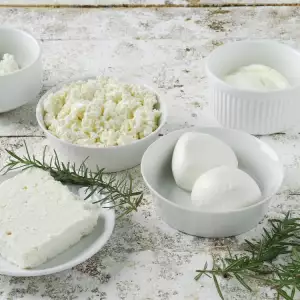
Preparation: Blanch peaches for about a minute, rinse and peel. Then cut them in half and remove pips. Simmer apricots in half a liter of water, add half the sugar and lemon juice. Smash them. Beat cheese, lemon peel, remaining sugar, cream, half the crushed cookies and nuts. With this cream, fill the peaches. Sprinkle the top with biscuits and hazelnuts, finally, serve with apricot sauce.
Benefits of ricotta
Ricotta cheese is different from other cheeses with a high amount of vitamin D. It has five times the vitamin of other cheeses. Vitamin D is one of the most important vitamins in the body and its deficiency is associated with serious diseases.
Other vitamins and minerals in ricotta also have a positive impact on our health. It turns out that besides delicious, ricotta cheese is very useful. The calcium in this cheese is also in large quantities, and we all know how valuable it is to our bones. Therefore, consumption of ricotta is not only a delight to the senses, but also healthy.
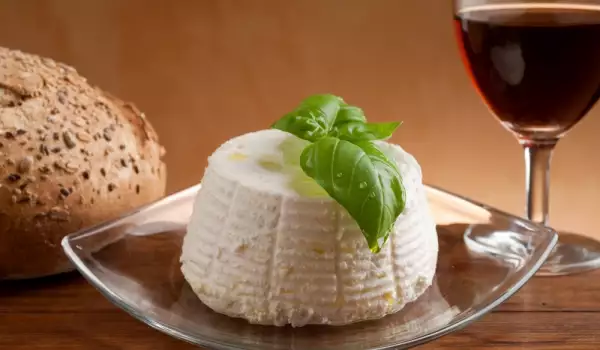


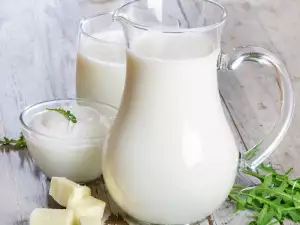

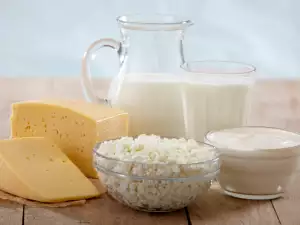
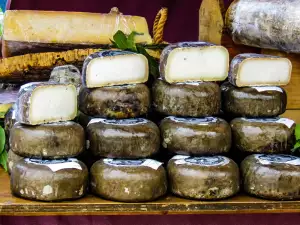

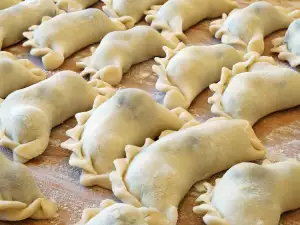
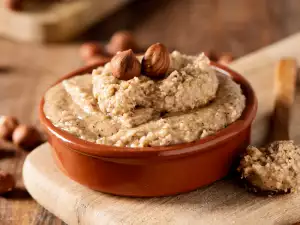
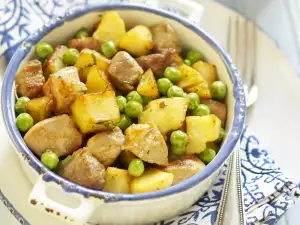

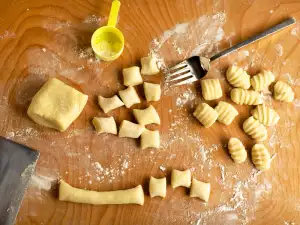






Comments